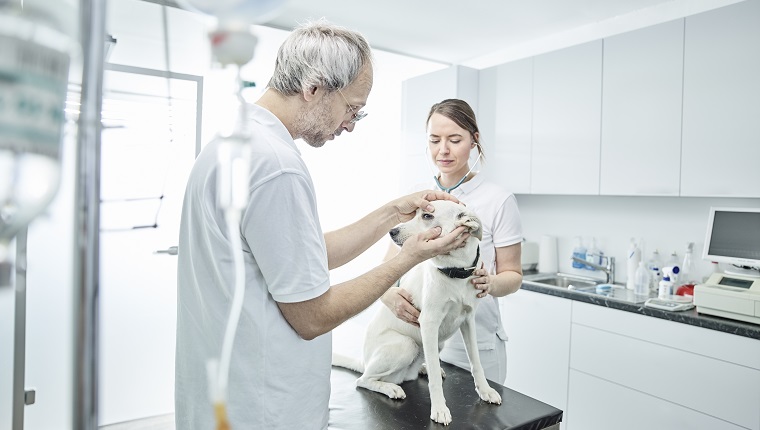Horner’s syndrome in dogs, also sometimes referred to as droopy eye, is the name given to a neurological disorder that usually affects a canine’s eyes and face muscles. It can produce a variety of symptoms that include drooping eyes and eyes that look like they have shrunk in size.
The condition can often result from brain or spinal injuries. However, in a…









